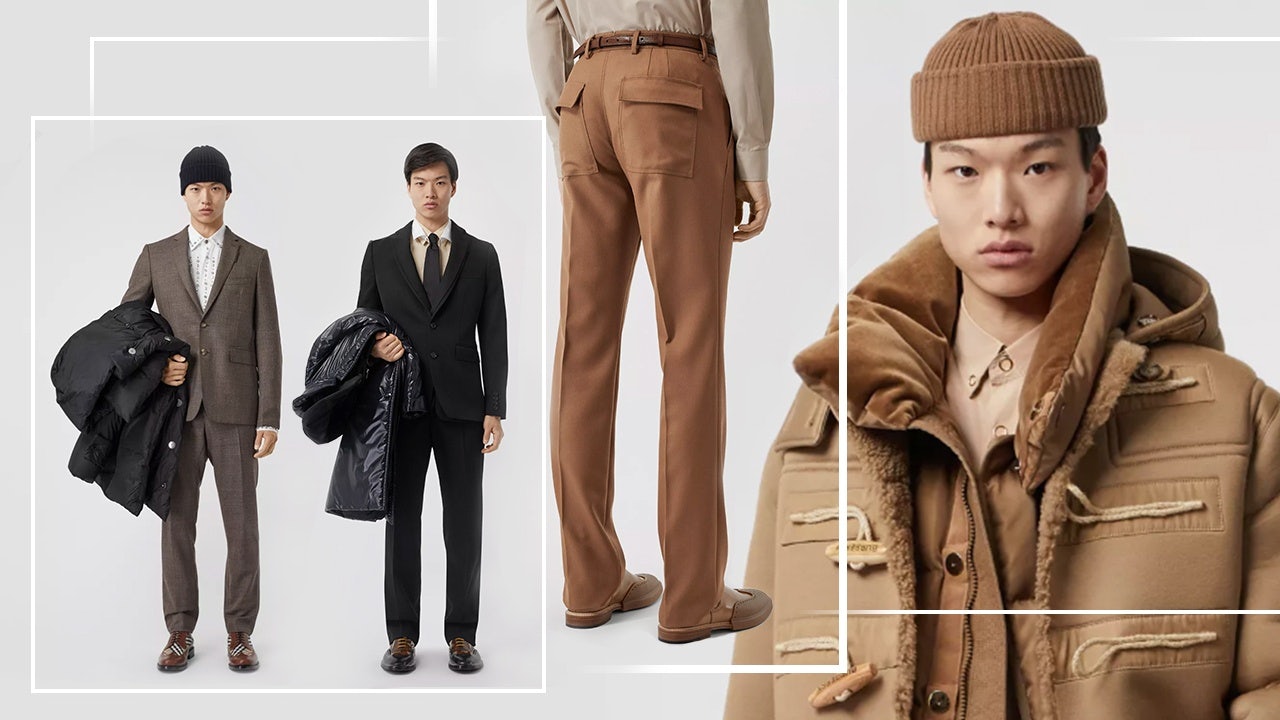A new co-researched report from the online travel site Trip.com Group and the Chinese financial company UnionPay International called the 2019 Chinese Outbound Travel Consumption Report shows that Chinese men are willing to spend more than their female counterparts when shopping overseas. This research also revealed a significant drop in Chinese shoppers in the U.S. over the past week, while China’s biggest spenders flocked to the UK instead. The report combined big data from outbound travel product orders and overseas bank card transactions by Chinese nationals to calculate a range of findings.
For luxury brands, increased trade tensions and geopolitical unrest seemed to reinforce an existing dependence on Chinese travelers for greater earnings. According to statistics from the State Administration of Foreign Exchange, Chinese nationals spent more on outbound travel than any other country in 2019 with a consumption total of 127.5 billion, which is a growth of 17 percent over the previous year. And luckily for those brands, despite growth in other spending categories over the year such as catering, accommodations, and tour guides, shopping remained firmly atop the list of Chinese travelers’ expenditures.
One surprising statistic of note: Though female travelers were likely to indulge in some retail therapy during overseas trips, as they accounted for 55 percent of all Chinese travelers who shopped abroad, their male counterparts shopped significantly more. The average retail expenditure for Chinese men while overseas in 2019 was 1.15 times the amount of those from Chinese women, suggesting that men are willing to spend more, and luxury brands should take note.
Also, female travelers were more likely to seek bargains and discounts when shopping overseas, as 64 percent of coupons on Trip.com’s site were obtained by women, according to the report. Meanwhile, findings showed that the 80s-born generation had the highest shopping total of all the generations studied, and the youngest group of consumers, Gen Zers (born post-2000s), are now starting to independently travel and shop abroad.
Total spending from Chinese travelers covered 158 countries worldwide, and the report suggests that Chinese travelers are increasingly willing to go further afield for the best shopping experiences. Although Japan still topped the list of most-visited destinations, the rest of the top-10 overseas shopping locations for Chinese travelers in 2019 dotted the globe. They were (in order) the UAE, the U.K., France, Singapore, the U.S., Spain, South Korea, Italy, and Australia. Interestingly, the U.S. drops off the list when it comes to the countries with the fastest annual growth in retail shopping by Chinese travelers. The top-10 countries with the fastest shopping growth were Holland, Malaysia, Ireland, Switzerland, Denmark, New Zealand, UAE, the U.K., France, and Australia. When looking at cities, the top-10 shopping cities were Tokyo, Dubai, London, Paris, Nagoya, Singapore, Kyoto, Okinawa, and Fukuoka. No American cities made the list.
The report suggests that although the U.S. is still a popular destination for Chinese shoppers, although growth has slowed significantly, and other countries are starting to take advantage of this drop in interest. According to data from Trip.com, the U.K. topped the list of highest average shopping expenditures at 504.60 (3552 RMB) per Chinese consumer. And when looking closely at these Chinese shoppers, the report shows that the country’s biggest spenders no longer solely come from Shanghai and Beijing. In fact, Guangdong was the top location for total overseas Chinese travelers in 2019. As the most populous province in China, Guangdong is fast becoming known as the land of luxury Chinese shoppers, and as a major tech hub, the city is now being billed as “the New Bay Area” (having been modeled after San Francisco's Silicon Valley.) And luxury residential sales in Guangzhou skyrocketed up 78.9 percent quarter-on-quarter in 2018, according to The Greater China Quarterly Report Q4 by Knight Frank.
Therefore, brands targeting Chinese consumers overseas need to recognize that Shanghai and Beijing are no longer where growth is booming, and they must reach out to consumers further afield.
Top takeaways from the 2019 Chinese Outbound Travel Report:#
- Chinese men may shop slightly less but are willing to spend more than women on retail goods overseas. For luxury brands, this marks a key opportunity for those that can successfully engage with Chinese male consumers.
- Chinese shopping in the U.K. is growing, while spending in the U.S. is taking a sharp dip due to rocky U.S.-China relations. Brands should invest in targeting Chinese consumers at up-and-coming shopping locations like Holland, Malaysia, Ireland, Switzerland, and Denmark.
- Guangzhou is the leading city in outbound luxury spending in China, overtaking the oversaturated markets of Shanghai and Beijing.

